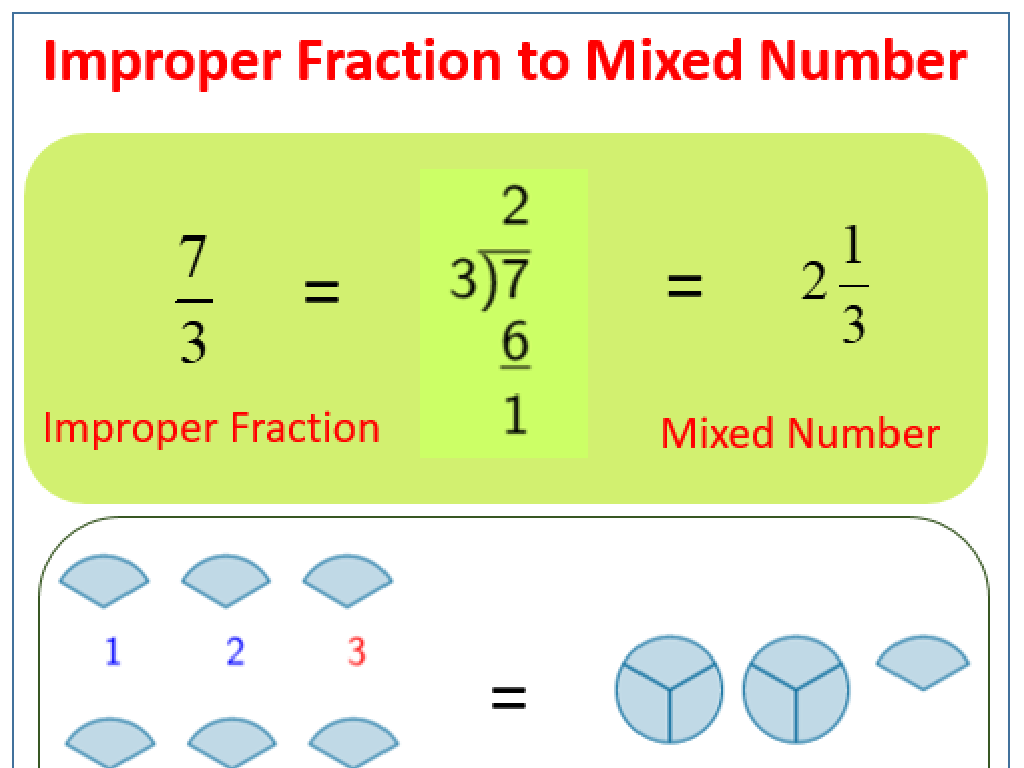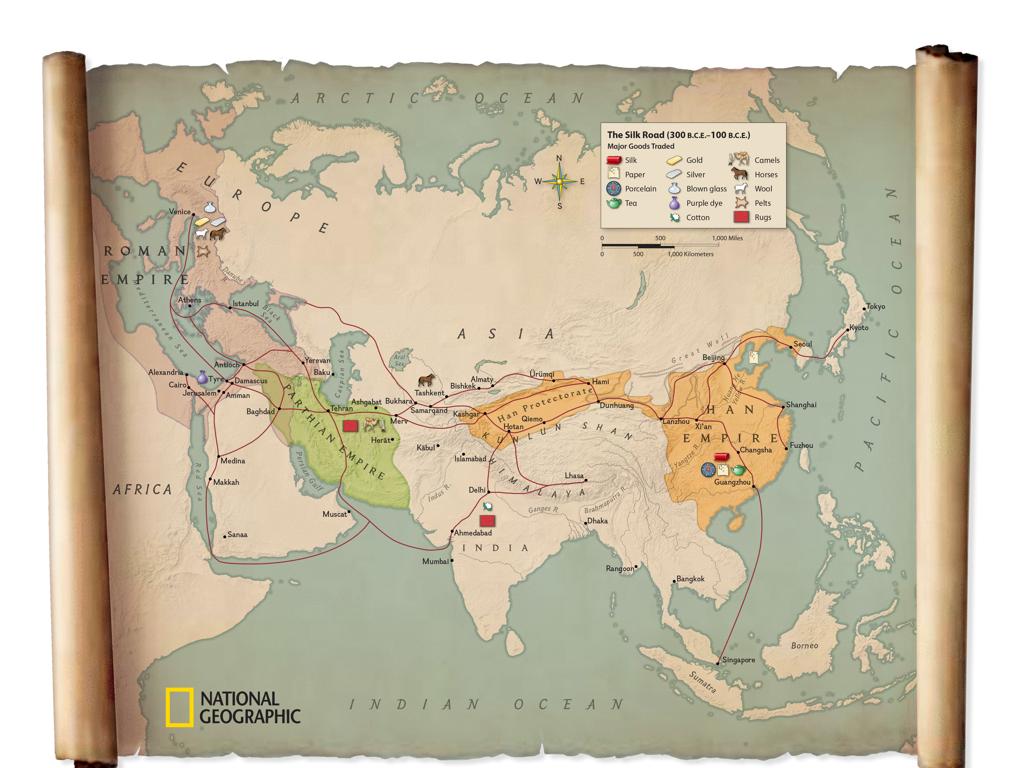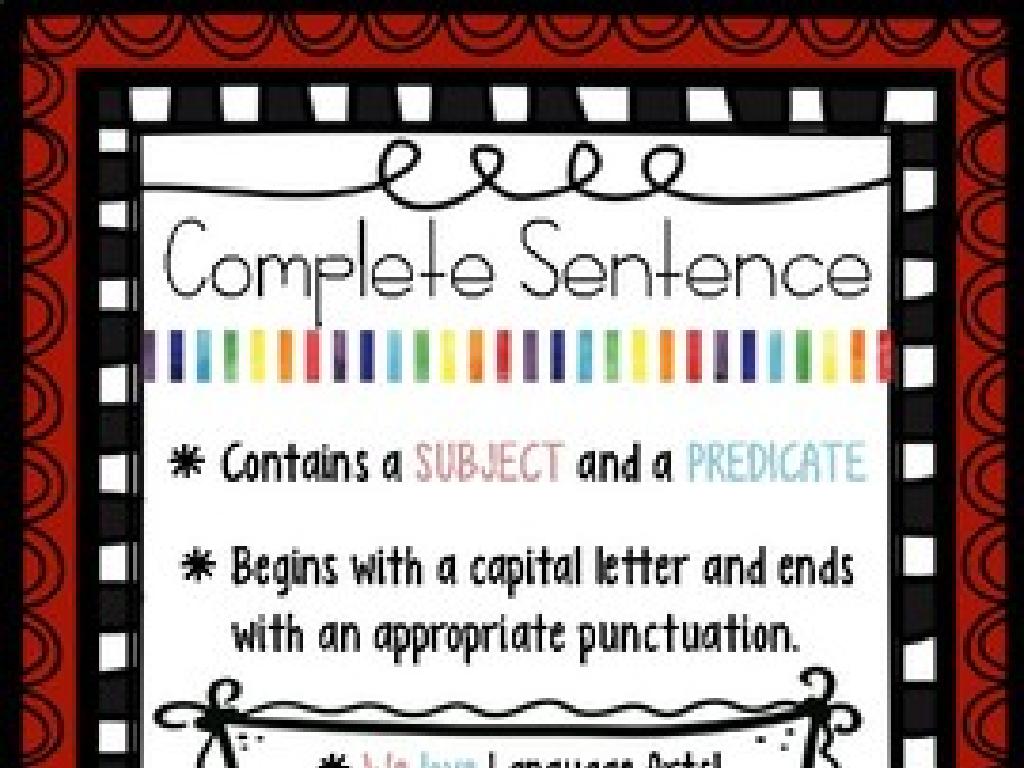Use In-Text Citations (Mla 8Th 9Th Editions)
Subject: Language arts
Grade: Eighth grade
Topic: Research Skills
Please LOG IN to download the presentation. Access is available to registered users only.
View More Content
Mastering Research Skills: In-Text Citations
– Significance of research in academics
– In-text citations: purpose and use
– They allow readers to find your sources, showing you’ve done proper research.
– Exploring MLA 8th 9th editions
– MLA is a common citation style for humanities, focusing on author-page format.
– Integrating sources with credibility
|
This slide introduces students to the foundational concepts of research skills, emphasizing the importance of conducting thorough research and the role of in-text citations in lending credibility to their work. In-text citations are crucial for avoiding plagiarism and guiding readers to the original source material. The MLA 8th and 9th editions provide updated guidelines for citing sources within the humanities. Students should understand that proper citation is not just a technicality but a critical aspect of academic integrity and intellectual honesty. The slide will also touch on how to integrate sources effectively to support their arguments and enhance the credibility of their writing.
Understanding MLA Citation Style
– Define MLA citation style
– A set of rules for formatting academic documents.
– Purpose of MLA guidelines
– Ensures consistent documentation of sources in research papers.
– Comparing MLA with other styles
– MLA focuses on author-page format, unlike APA’s author-date.
|
MLA citation style is a system of crediting sources in academic writing, commonly used in the humanities. The Modern Language Association (MLA) provides a method for source documentation that is used in most humanities courses. The primary purpose of MLA guidelines is to ensure that writers properly acknowledge their sources and avoid plagiarism. It’s important to compare MLA with other citation styles like APA or Chicago to highlight its unique features, such as the author-page citation format, which is different from APA’s author-date system. Teach students the importance of citing to give credit to original authors and to provide a path for readers to find the sources if they wish to explore them further.
The Importance of In-Text Citations
– Credit original sources
– Acknowledge the work of others used in your writing
– Prevent plagiarism
– Using someone’s work without credit is unethical and illegal
– Help readers locate sources
– Citations guide readers to the original source for further reading
– Uphold academic integrity
|
In-text citations are crucial in academic writing. They serve to credit the original authors of the information used, which is a fundamental aspect of academic honesty and integrity. By citing sources, students avoid plagiarism, which is the act of using someone else’s work without proper acknowledgment. Plagiarism can have serious consequences, including failing grades or more severe academic penalties. Citations also provide a pathway for readers to find and consult the original materials, allowing them to explore the topic further or verify the information presented. This slide aims to instill the importance of proper citation practices in students and to prepare them for the expectations of academic writing.
Mastering In-Text Citations: MLA Style
– Components of in-text citations
– Include author’s last name and page number(s)
– In-text citation format
– Format: (Author’s Last Name page number)
– Placement in your paper
– Place citations at the end of a sentence before the period
– Practice citing sources
– Let’s try citing a book together in class
|
This slide introduces the basics of in-text citations according to MLA guidelines, which is crucial for writing research papers. Emphasize the importance of giving credit to original authors to avoid plagiarism. Show examples of how to format citations with and without direct quotes. Explain that the citation typically appears at the end of a sentence containing the quoted or paraphrased material, just before the period. During class, practice creating in-text citations using different sources to ensure students understand how to apply these rules. Provide a handout with additional examples for students to refer to when working on their assignments.
Mastering In-Text Citations: MLA Style
– Cite with a single author
– Include author’s last name and page number: (Smith 29).
– Cite with multiple authors
– Two authors: (Smith and Jones 45); Three or more: (Smith et al. 76).
– Cite with no author
– Use a shortened title in quotes: (“Article Title” 12).
– Practice proper MLA citations
|
This slide aims to teach students the basics of in-text citations using MLA 8th and 9th editions. When citing a source with a single author, include the author’s last name and the page number without a comma. For multiple authors, include both names if there are two, or use ‘et al.’ for three or more authors. If there’s no author, use a shortened version of the title. It’s crucial for students to practice these citations to avoid plagiarism and to give proper credit to original sources. Provide examples and have students create citation cards for practice.
Practice with In-Text Citations
– Crafting in-text citations
– Cite a book by one author
– Example: Rowling’s character Harry Potter (Rowling 45).
– Cite an article by two authors
– Example: Research by Smith and Johnson (42) supports…
– MLA 8th 9th edition formats
|
This slide is aimed at helping students understand how to properly use in-text citations according to MLA 8th and 9th edition guidelines. Start by explaining the importance of giving credit to original sources when using someone else’s ideas. For a book with one author, the citation includes the author’s last name and the page number without a comma. For an article with two authors, include both last names followed by the page number. Encourage students to practice by citing different sources and to pay attention to punctuation and formatting. Provide additional examples and common scenarios they might encounter when writing research papers.
Mastering In-Text Citations: MLA Style
– Cite various source types
– Understand how to reference books, articles, and more in your writing.
– Book vs. journal citation
– Books: (Last Name page number). Journals: (Last Name page number).
– Citing websites
– Include the author and page number, or paragraph number if no pages.
– Practice accurate citations
|
This slide aims to teach students the MLA 8th 9th edition guidelines for in-text citations, a crucial skill in academic writing. Emphasize the importance of giving credit to original sources to avoid plagiarism. Show the differences in citing books and journal articles, typically the author’s last name and page number. For electronic sources, if page numbers are not available, paragraph numbers or section headings can be used. Encourage students to practice by citing different sources to gain confidence. Provide examples and have students create citations from sample sources to ensure understanding.
Class Activity: Citation Scavenger Hunt
– Find various sources available
– Create MLA in-text citations
– Follow MLA guidelines for each source type
– Share your findings with peers
– Reflect on the citation process
– Discuss challenges and learning points
|
This activity is designed to familiarize students with the MLA citation format through a hands-on scavenger hunt. Students will search for books, articles, and other resources in the classroom or library. They will then practice creating in-text citations according to the MLA 8th or 9th edition guidelines. Afterward, students will present their citations to the class, fostering a collaborative learning environment. The teacher should provide examples and a citation guide to assist students. Possible variations of the activity could include finding digital sources, peer-reviewing each other’s citations, or creating a full works cited page. The goal is to help students understand the importance of giving credit to original authors and to prevent plagiarism.
Conclusion & Homework: Mastering In-Text Citations
– Recap: Purpose of in-text citations
– In-text citations: MLA 8th 9th editions
– Give credit to sources and avoid plagiarism
– Homework: Craft a research paragraph
– Use author’s last name and page number format
– Include 3 MLA in-text citations
– Ensure citations are properly formatted
|
As we conclude, remember that in-text citations are crucial for acknowledging the sources of your information, which helps prevent plagiarism. For homework, students are expected to write a short research paragraph on a topic of their choice, incorporating at least three in-text citations following the MLA 8th or 9th edition guidelines. This exercise will help students practice the correct format, which includes the author’s last name and the page number from where the information was taken. Encourage students to choose reliable sources and to pay close attention to the punctuation and placement of the citations within their paragraph. Provide examples of correct citation format and offer to review citation entries if students are unsure. This will prepare them for more extensive research projects in the future.






